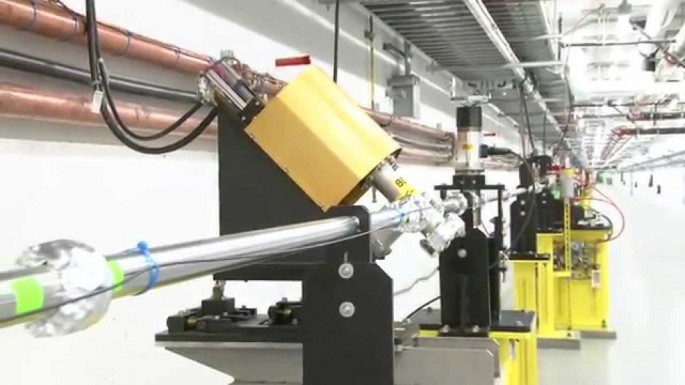Chinese scientists recently unveiled an all-new facility named the Dalian Coherent Light Source (DCLS), a free electron laser (FEL) light source facility touted as the world's brightest. The facility, which involves institutes under the Chinese Academy of Sciences (CAS), can emit FEL light ranging between 8-24 eV.
Developed by a team of CAS members composed by Profs. Yang Xueming of Dalian Institute of Chemical Physics (DICP), and Zhao Zhentang and Wang Dong of Shanghai Institute of Applied Source (SINAP), the DCLS is the world's only FEL light source facility dedicated for performing basic research endeavors.
Said facility houses a kind of vacuum ultraviolent (VUV) light source, which is essential for detecting atoms, molecules, and clusters, per Phys.org. Scientists involved in any endeavor involving molecular research would benefit greatly from such a facility.
A VUV light source is also useful for investigating materials about their valence electronic structures. In that regard, FEL light provides scientists with a useful means for expanding their molecular research on the X-ray region, which is otherwise impossible through current laser technology.
The DCLS follows through the development of high-gain FEL light source facilities around the world. One such significant facility is Stanford Linear Accelerator Center's LINAC-based Coherent Light Source (LCLS), considered by many as a breakthrough for further scientific developments in several applicable areas.
The team successfully ran the DCLS in both high-gain harmonic generation (HGHG) and self-amplified spontaneous emission (SASE) modes two months prior to its unveiling. Notably, the facility achieved a photon flux rate of 1.4 x 1014 photons/pulse in HGHG mode, applied with undulator tapering technology.
Seen as a purveyor of future innovations, the DCLS stands as a venue that can support notable discoveries and collaborative efforts in several scientific areas. Findings in energy sciences, particularly in physics, chemistry, and atmospheric studies, would benefit greatly from the facility.



























